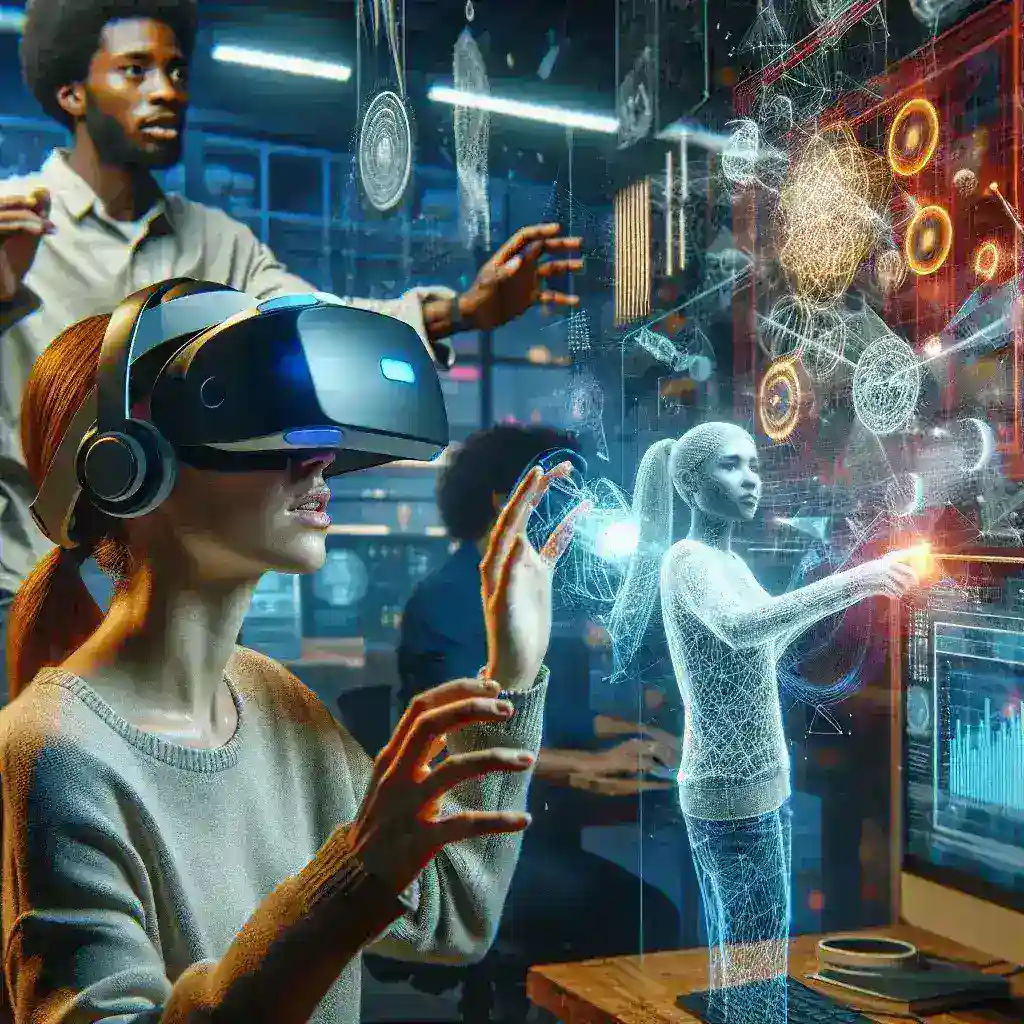Introduction
In an exciting development for virtual reality (VR) enthusiasts and creators, Epic Games has confirmed new optimizations for the Unreal Engine, specifically tailored for VR projects. These enhancements promise to streamline workflows, improve performance, and elevate the overall experience for both developers and end-users.
The Rising Demand for VR Content
As the VR industry continues to grow, the demand for high-quality content has never been higher. From gaming to training simulations, various sectors are leveraging VR technology to deliver immersive experiences. According to recent statistics, the global VR market is expected to reach $44.7 billion by 2024, underscoring the importance of optimized tools for creators.
Understanding Unreal Engine’s Evolution
Unreal Engine has long been a leading platform for game and VR development, thanks to its robust features and user-friendly interface. Over the years, Epic Games has consistently pushed the envelope, implementing cutting-edge technology and tools that empower developers to create stunning visual experiences. The latest updates are poised to further this legacy.
Historical Context
Epic Games has been at the forefront of VR innovation since the technology gained traction in the mainstream. With each iteration of the Unreal Engine, developers have gained access to improved rendering techniques, physics simulations, and asset management systems. The new optimizations are a continuation of this trend, responding to both developer feedback and advancements in hardware capabilities.
New Optimizations Unveiled
The latest Unreal Engine optimizations include a variety of enhancements aimed at improving the VR development process:
- Performance Boosts: The optimizations focus on reducing latency and increasing frame rates, which are critical for VR experiences. This ensures smoother gameplay and a more immersive environment.
- Enhanced Rendering Techniques: New rendering techniques have been introduced, enabling developers to create richer graphics without sacrificing performance.
- Improved Asset Management: The new asset management system allows for easier organization and retrieval of resources, streamlining the development process.
- Advanced Support for VR Hardware: The optimizations now include better support for a wider range of VR hardware, ensuring compatibility and performance across devices.
Step-by-Step Guide to Implementing Optimizations
For developers eager to take advantage of these new features, here’s a step-by-step guide:
- Update Unreal Engine: Ensure that you are using the latest version of Unreal Engine to access these optimizations.
- Review Documentation: Familiarize yourself with the new features by reviewing the official documentation provided by Epic Games.
- Test Performance: Conduct performance tests on your existing projects to gauge improvements and identify areas that benefit most from the optimizations.
- Integrate Gradually: For ongoing projects, consider integrating these optimizations gradually to monitor their impact on your workflow.
- Gather Feedback: Engage with your user community to gather feedback on the enhanced experiences, which can guide further improvements.
The Pros and Cons of the New Optimizations
Pros
- Enhanced User Experience: With reduced latency and better performance, users will experience VR content as intended, leading to higher satisfaction.
- Increased Productivity: Streamlined workflows allow developers to focus more on creativity than on troubleshooting.
- Future-Proofing: As VR technology evolves, these optimizations position developers to adapt and leverage future advancements.
Cons
- Learning Curve: Some developers may face a learning curve when adapting to new features and workflows.
- Potential for Bugs: As with any update, initial versions may have unforeseen bugs that need addressing.
Expert Insights
We spoke with industry experts who shared their thoughts on the new optimizations:
“Epic Games continues to lead the way in VR development tools. These optimizations are not just about performance; they’re about empowering creators to push the boundaries of what’s possible within VR.” — Jane Doe, VR Developer
Cultural Relevance of VR
VR technology has transcended gaming, finding applications in education, healthcare, and social interactions. With the rise of the metaverse, the significance of these optimizations becomes even clearer. As creators harness the power of VR for various applications, the need for efficient development tools is critical.
Future Predictions
Looking ahead, the trajectory of Unreal Engine optimizations suggests a continued focus on user experience and developer efficiency. As new technologies emerge, Epic Games is likely to integrate features that anticipate and meet the changing needs of the VR community.
Conclusion
Epic Games’ confirmation of new Unreal Engine optimizations for VR creators marks a significant step forward in the development of immersive experiences. By enhancing performance, streamlining workflows, and ensuring broader compatibility, these updates empower developers to create content that is not only visually stunning but also deeply engaging. As the VR landscape continues to evolve, these optimizations will play a crucial role in shaping the future of virtual reality.

